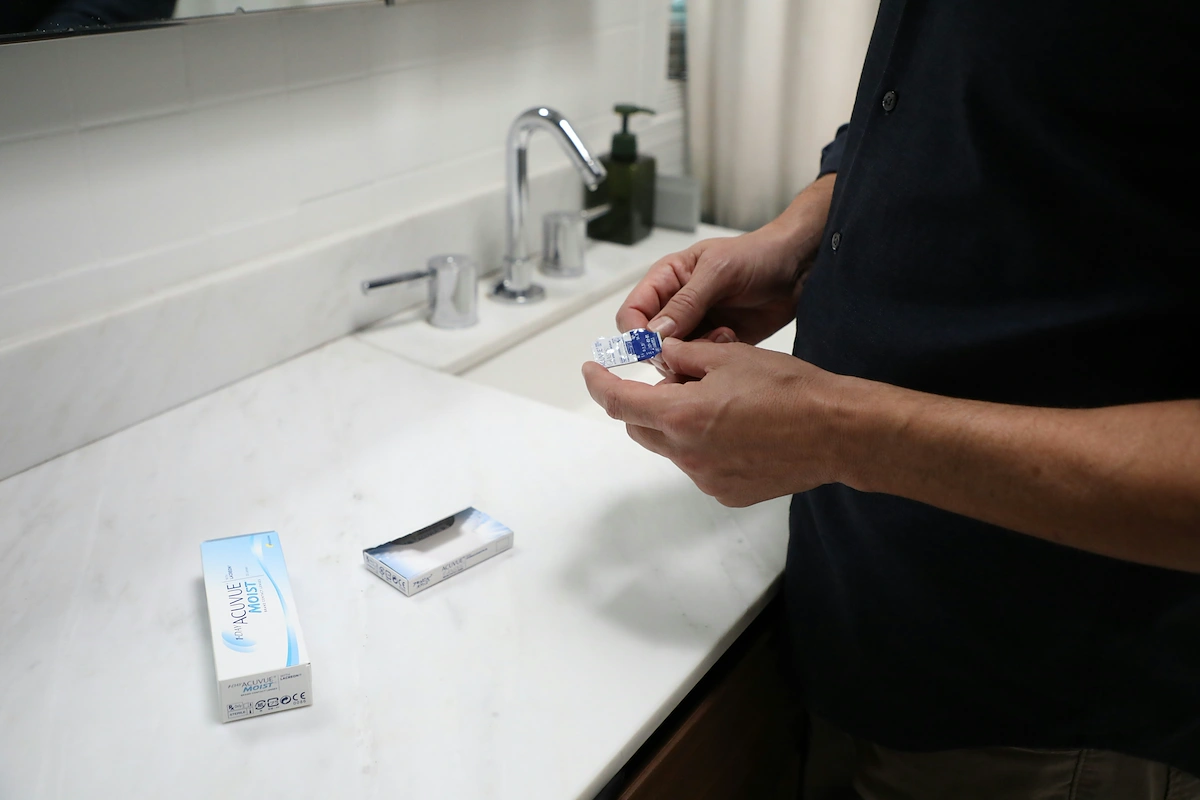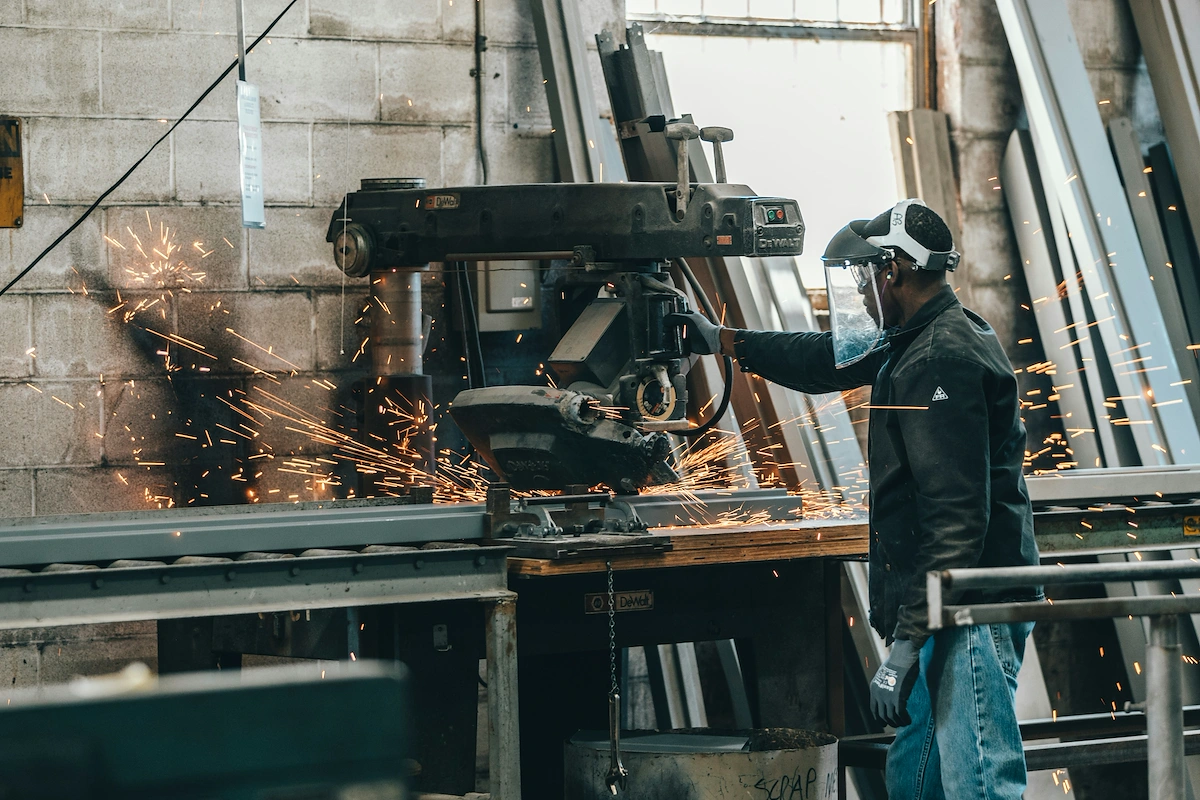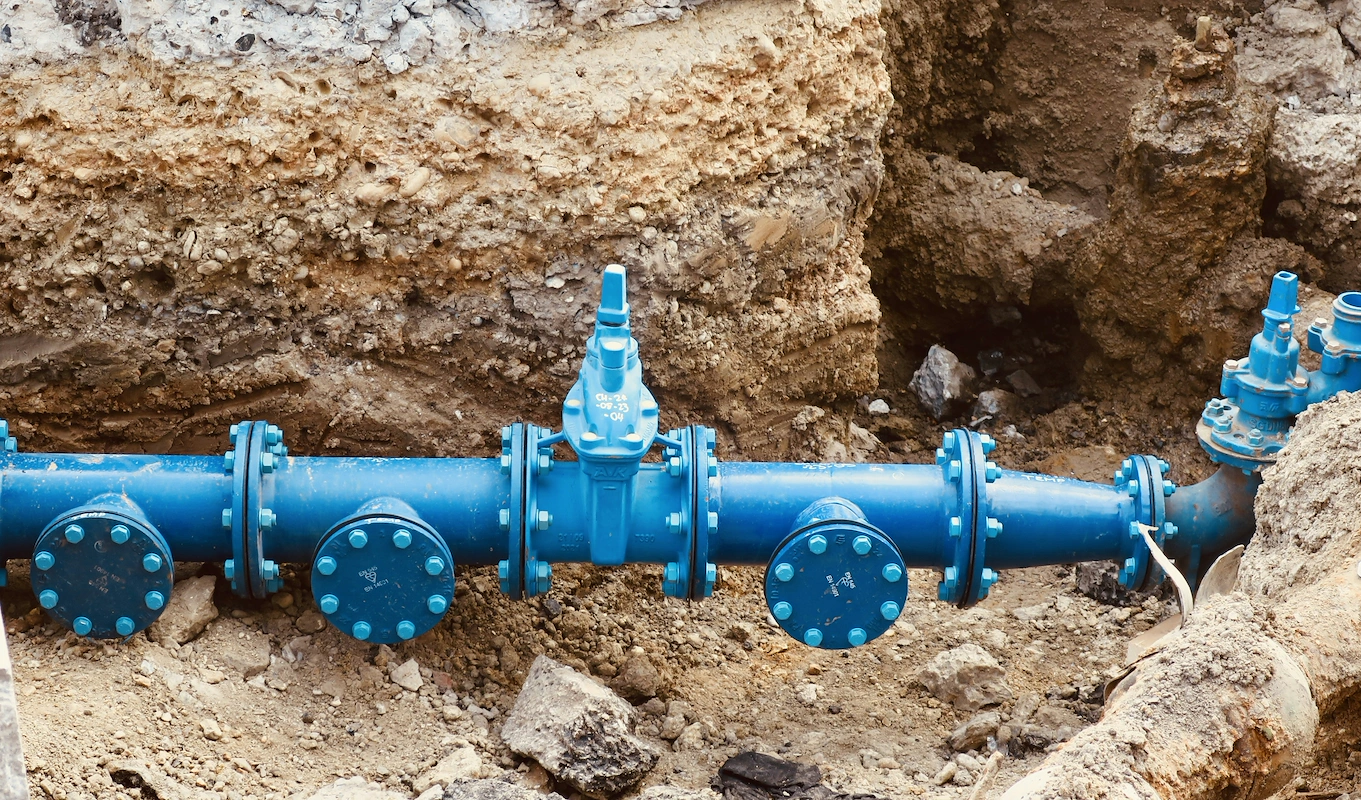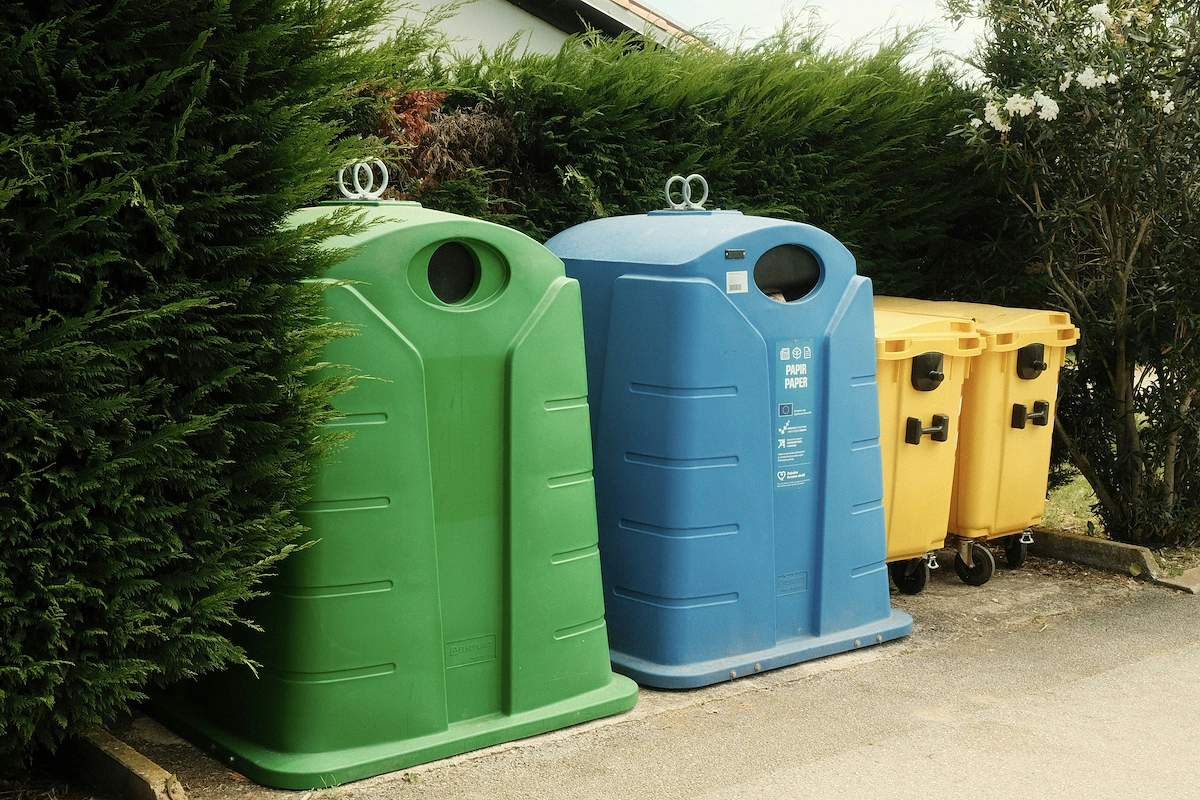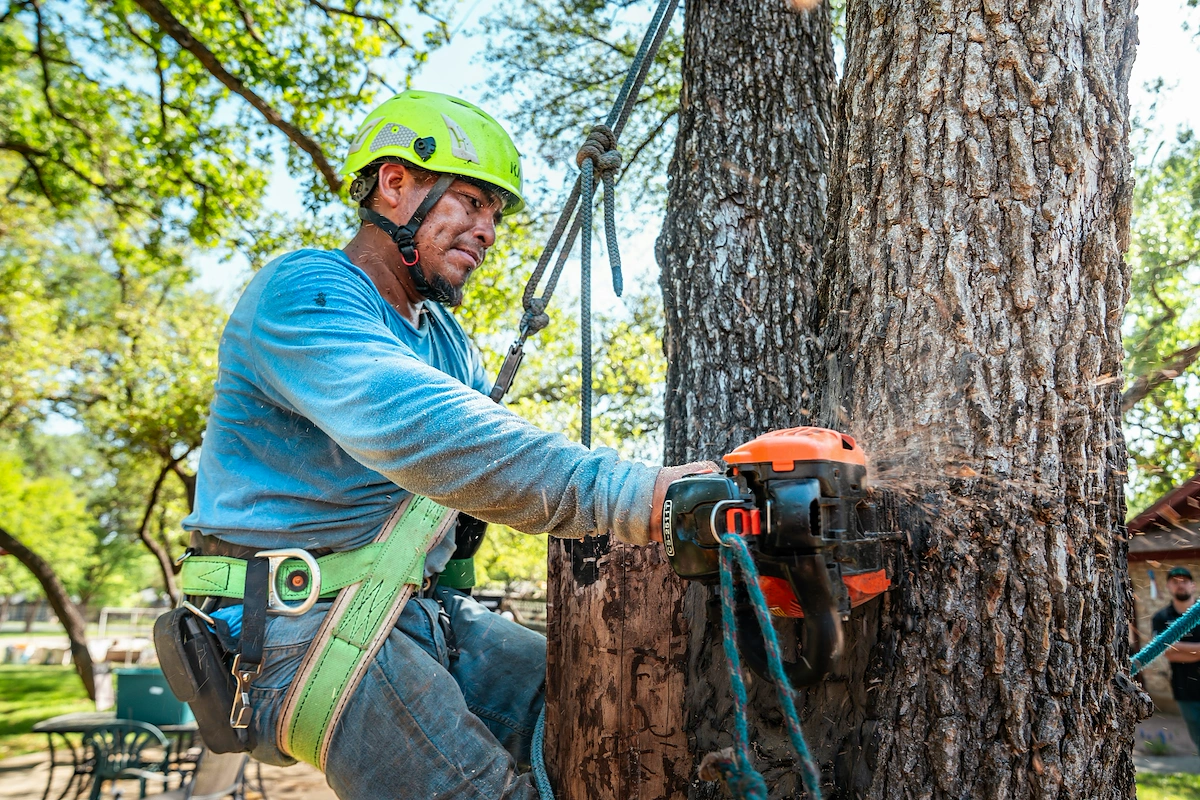Starting a mobile drug testing business can be a rewarding venture, blending a sharp attention to detail with solid business savvy. The market itself is worth billions, driven by steady demand for on-site screening from transportation companies, construction sites, and corporate wellness programs.
This guide will take you through the practical steps of validating your business concept, securing funding, obtaining the right licenses, and acquiring equipment to help you launch a successful mobile drug testing business in the U.S.
Step 1: Research your market and map out your finances
Start by validating demand in your area. Call ten local businesses in sectors like transportation, manufacturing, or construction. Ask if they use on-site testing and what they pay. This direct feedback is more valuable than generic market reports.
Next, analyze your direct competitors. Use Google Maps and business directories like Dun & Bradstreet to find other mobile testing services nearby. Note their service offerings and online reviews. A frequent oversight is to compete on price alone instead of service quality or speed.
Understanding startup costs
Your initial investment will likely range from $20,000 to $45,000. A reliable used van or SUV might cost $15,000 to $30,000. This vehicle is your mobile office, so its reliability is a key factor for your operations.
Budget another $3,000 to $7,000 for equipment. This includes a DOT-approved breathalyzer, a laptop, a mobile printer, and initial supplies of testing kits. Certification courses, like those for a Certified Professional Collector (CPC), can add another $500 to $1,500.
Finally, set aside $2,000 to $5,000 for business licensing, LLC formation, and insurance. Professional and general liability insurance are non-negotiable. Getting quotes early helps you create a realistic financial plan from day one.
Here are 4 immediate steps to take:
- Contact at least five local companies to inquire about their drug screening needs.
- Create a spreadsheet of local competitors and their advertised services.
- Draft a preliminary budget using the cost estimates for a vehicle, equipment, and insurance.
- Research certification requirements, such as the DOT's collector qualification rules.
Step 2: Establish your legal structure and secure licenses
You might want to form a Limited Liability Company (LLC). It protects your personal assets if the business is sued and offers simpler tax filing than a corporation. You can file the paperwork with your Secretary of State, often online for $100 to $500.
With your business entity chosen, the next layer is federal compliance. The U.S. Department of Transportation (DOT) is the primary authority. You must follow its procedures in 49 CFR Part 40 for all regulated testing, so get familiar with that document.
You will also need a CLIA Certificate of Waiver from the Centers for Medicare & Medicaid Services. Some people miss this, but it is required for most instant tests and costs about $200, renewed every two years. Operating without it can lead to heavy fines.
Finally, secure a general business license from your city or county. These permits vary in cost, typically from $50 to $400, and can take several weeks to process. Your local clerk's office website will have the specific forms and fee schedules.
Here are 4 immediate steps to take:
- File for an LLC with your state's Secretary of State.
- Apply for a CLIA Certificate of Waiver through the CMS website.
- Find a DOT-qualified collector training and certification program.
- Contact your city clerk to get a local business license application.
Step 3: Secure your insurance and manage risk
You will need several layers of insurance. General liability, with at least $1 million in coverage, protects against third-party claims like someone tripping over your gear. Professional liability, or E&O insurance, is for errors like a contested result. A $1 million policy often costs $600 to $1,200 annually.
Since your business is mobile, a commercial auto policy is mandatory; your personal insurance will not cover accidents on the job. If you plan to hire collectors, you will also need workers' compensation insurance, which is a state requirement.
Many people make the mistake of using a general insurance agent. You should work with providers who understand mobile healthcare risks. Look into companies like Hiscox, The Hartford, or Insureon, as they have experience with the specific liabilities you will face.
Your unique risks include potential HIPAA violations from a data breach and biohazard exposure. Review any policy to confirm it explicitly covers breaches of confidentiality and accidental spills. This small detail can save you from major financial trouble down the road.
Here are 4 immediate steps to take:
- Get quotes for a $1 million general and professional liability policy.
- Contact an agent who specializes in mobile healthcare or lab services.
- Ask for policy documents to confirm HIPAA and biohazard coverage.
- Compare rates for a commercial auto policy for your business vehicle.
Step 4: Set up your vehicle and buy equipment
Your mobile office and supplies
Your vehicle is your primary asset. A cargo van offers the most privacy and space, but a large SUV can also work. You do not need a commercial lease. A secure home office space of about 100 square feet is usually enough for paperwork and supply storage.
Many new owners overspend on a brand-new vehicle. A reliable used van for $15,000 to $30,000 is a smarter initial investment. Focus on reliability and a clean interior where clients will feel comfortable. Make sure it has room for a small desk and a secure lockbox.
For supplies, look at vendors like AlcoPro or Redwood Toxicology Laboratory. You can start with an initial order of urine, saliva, and hair test kits for around $1,000. They often have starter packages that bundle different test types, which simplifies your first purchase.
Buy the right gear
Your equipment must be compliant. A DOT-approved evidential breath testing device (EBT) is a must. Models like the Lifeloc FC20 or Intoximeters Alco-Sensor IV cost between $800 and $2,000. A common mistake is to buy a cheaper, non-approved device which can invalidate your results.
You will also need a rugged laptop or tablet and a mobile printer, which will run you about $500 to $1,200. This setup allows you to complete digital Chain of Custody Forms (CCFs) and print results on-site, which clients appreciate for its efficiency.
Here are 4 immediate steps to take:
- Compare prices on used cargo vans or large SUVs from local dealerships.
- Get quotes for a DOT-approved breathalyzer from two different suppliers.
- Draft a complete equipment list with costs for your business plan.
- Check the websites of AlcoPro and Redwood Toxicology for starter kit options.
Step 5: Set up your payment processing
Most corporate clients expect Net 30 payment terms, but you should require immediate payment for one-off services like post-accident testing. This protects your cash flow. A common mistake is to rely solely on invoicing, which can delay payments for weeks.
For recurring contracts, consider asking for a deposit to cover your initial supply costs. When it comes to accepting payments, you will need a flexible system. For mobile businesses that need to accept payments on-site, JIM offers a streamlined solution.
With JIM, you can accept debit, credit, and digital wallets directly through your smartphone. Just tap and you are done. At just 1.99% per transaction with no hidden costs or extra hardware needed, it is a cost-effective option. Other providers often charge 2.5% to 3.5% plus monthly fees.
It's particularly useful for collecting payment immediately after an unscheduled test. Getting started is straightforward.
- Get Started: Download the JIM app for iOS.
- Make a Sale: Type the sales amount, hit sell, and ask your customer to tap their card or device on your phone.
- Access Funds: Your money is available right on your JIM card as soon as the sale is done, with no waiting for bank transfers.
Here are 3 immediate steps to take:
- Decide on your payment terms for different client types.
- Download the JIM app to explore its features on your phone.
- Draft a simple contract template that outlines your payment and deposit policies.
Step 6: Secure funding and manage your finances
An SBA 7(a) loan is a solid option. Lenders often approve amounts from $25,000 to $50,000 for this type of business. You will need a good credit score, typically above 680, and a detailed business plan. Interest rates usually float around the prime rate plus 2% to 4%.
You might also look at SBA Microloans, which offer up to $50,000 and are great for equipment or vehicle purchases. In addition, check for industry-specific grants. The National Association for the Self-Employed (NASE) offers Growth Grants that could help cover startup costs.
Calculate your working capital
Plan to have at least $10,000 to $15,000 in working capital for your first six months. This fund covers your fuel, insurance premiums, and test kit resupplies while you wait for initial invoices to be paid. Many new owners underestimate the delay from Net 30 payment terms.
Here are 4 immediate steps to take:
- Review the SBA 7(a) loan requirements on the official SBA website.
- Draft a six-month operating budget to pinpoint your exact working capital needs.
- Check the NASE website for its Growth Grant application deadlines.
- Speak with your local bank about its small business loan products.
Step 7: Hire your team and streamline operations
Staffing your mobile unit
As you grow, you will need certified collectors. A part-time Certified Professional Collector (CPC) is a good first hire. Expect to pay between $18 and $25 per hour. This person must have DOT collector and Breath Alcohol Technician (BAT) certifications.
Some new owners are tempted to use uncertified help to save money. This is a serious misstep that can invalidate test results and expose your business to liability. Always verify certifications before you make a hire.
Managing your schedule and clients
Once you have a team, a simple calendar will not cut it. You might want to look into industry-specific software like DrugPak. It helps manage client records, scheduling, and results reporting in one place, which keeps your operations compliant and efficient.
A solo operator can often manage up to $150,000 in annual revenue. Beyond that, you will likely need at least one part-time collector to handle the workload without a drop in service quality. Start with on-call staff to control labor costs.
Here are 4 immediate steps to take:
- Draft a job description for a part-time Certified Professional Collector.
- Verify the cost and duration of DOT collector and BAT certification courses.
- Request a demo or trial of a management software like DrugPak.
- Calculate your break-even point for hiring an on-call versus a part-time collector.
Step 8: Market your services and acquire clients
Direct outreach and local presence
Your first clients will likely come from direct outreach. Target industries with federal mandates, like trucking, construction, and aviation. When you call or email, reference their specific DOT compliance needs to show you understand their world. This builds immediate credibility.
Next, claim your Google Business Profile. This free listing puts you on Google Maps and in local search results. Many new owners build a complex website but forget this simple, high-impact step. A complete profile with photos can bring in leads without any ad spend.
Digital advertising and partnerships
Once you have some cash flow, you might consider Google Ads. A budget of $300 to $500 a month can get you started. Target keywords like "24/7 post-accident testing" or "mobile drug screening [your city]". A realistic customer acquisition cost is $75 to $200.
Also, think about partnerships. Connect with local HR consultants, safety compliance firms, and occupational health clinics. You can offer them a 10% referral fee for any business they send your way. This can create a steady stream of qualified leads for your business.
Here are 4 immediate steps to take:
- Create a target list of 20 local trucking and construction companies to contact.
- Set up and fully complete your Google Business Profile.
- Research keywords for a potential Google Ads campaign in your service area.
- Draft an email to a local HR consultant proposing a referral partnership.
Step 9: Set your pricing and define your services
Crafting your price list
You can structure your pricing in a few ways. For one-off tests, a per-test fee of $55 to $85 is standard. For corporate clients, a monthly retainer or a volume discount makes sense. For example, you might charge $45 per test for a company that guarantees 20+ tests per month.
Many new owners just guess their prices. A better approach is to call two or three competitors and ask for their rate for a non-DOT 5-panel urine test. This gives you a real-world baseline. Use this information to position your service competitively.
Understanding your profit margins
Your profit margin on supplies is high. A test kit might cost you $5 to $15, but you will charge much more. However, you must factor in your time, fuel, and vehicle wear. A good target is a 60% to 70% gross margin after all direct costs.
Do not forget to add a premium for emergency or after-hours services. A 24/7 post-accident test can command a price of $150 to $250. This is where you can build a reputation for reliability, not just for a low price.
Here are 4 immediate steps to take:
- Call three local competitors to get their cash price for a standard test.
- Create a price sheet with rates for single tests, volume contracts, and after-hours calls.
- Calculate your profit margin on one test, including the kit, fuel, and 30 minutes of your time.
- Decide on a premium fee for emergency services provided outside of normal business hours.
Step 10: Implement quality control and scale your operations
Maintain high service standards
To prove your accuracy, you might enroll in a proficiency testing program. The College of American Pathologists (CAP) offers these programs. They send you blind samples, and your results are compared against other labs, which builds credibility with large corporate clients.
You should also track internal metrics. Monitor your Chain of Custody Form (CCF) error rate and aim to keep it below 1%. A client retention rate above 90% is another strong indicator that your service quality is high and your business is healthy.
Plan your growth milestones
Many owners hire a full-time employee too soon. A better approach is to use on-call collectors until your annual revenue consistently exceeds $150,000. This keeps your labor costs flexible as you build a steady client base.
Once you manage more than two collectors, you might want to use industry-specific software. Platforms like DISAWorks or eScreen help automate scheduling, results delivery, and compliance reporting. This frees you up to focus on acquiring new clients instead of administrative work.
Here are 4 immediate steps to take:
- Research proficiency testing programs on the CAP website.
- Create a simple spreadsheet to track your CCF error rate and client retention.
- Evaluate your revenue projections against the $150,000 benchmark for hiring.
- Request a demo from a software provider like DISAWorks or eScreen.
Starting a mobile drug testing business is a journey of details. Your reputation for reliability, especially with 24/7 calls, will set you apart more than price. You have the roadmap, now go build a business your community can count on.
And when it comes to getting paid, a simple system helps. JIM turns your phone into a card reader, so you can accept payments on the spot for a flat 1.99% fee with no extra hardware. Download JIM to get started.

